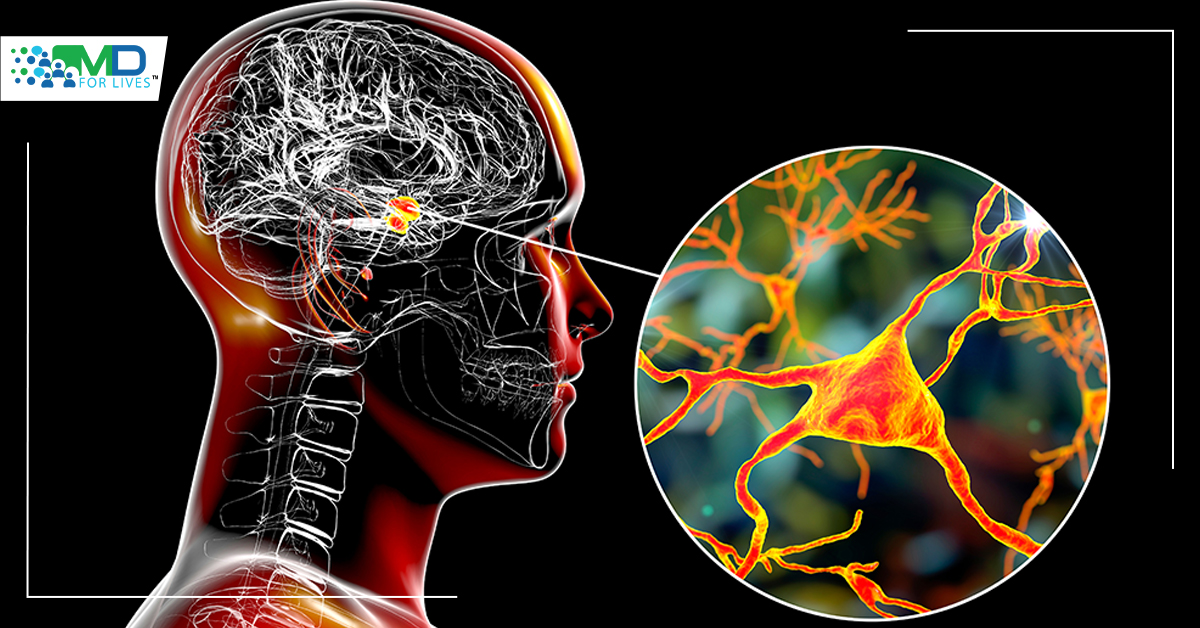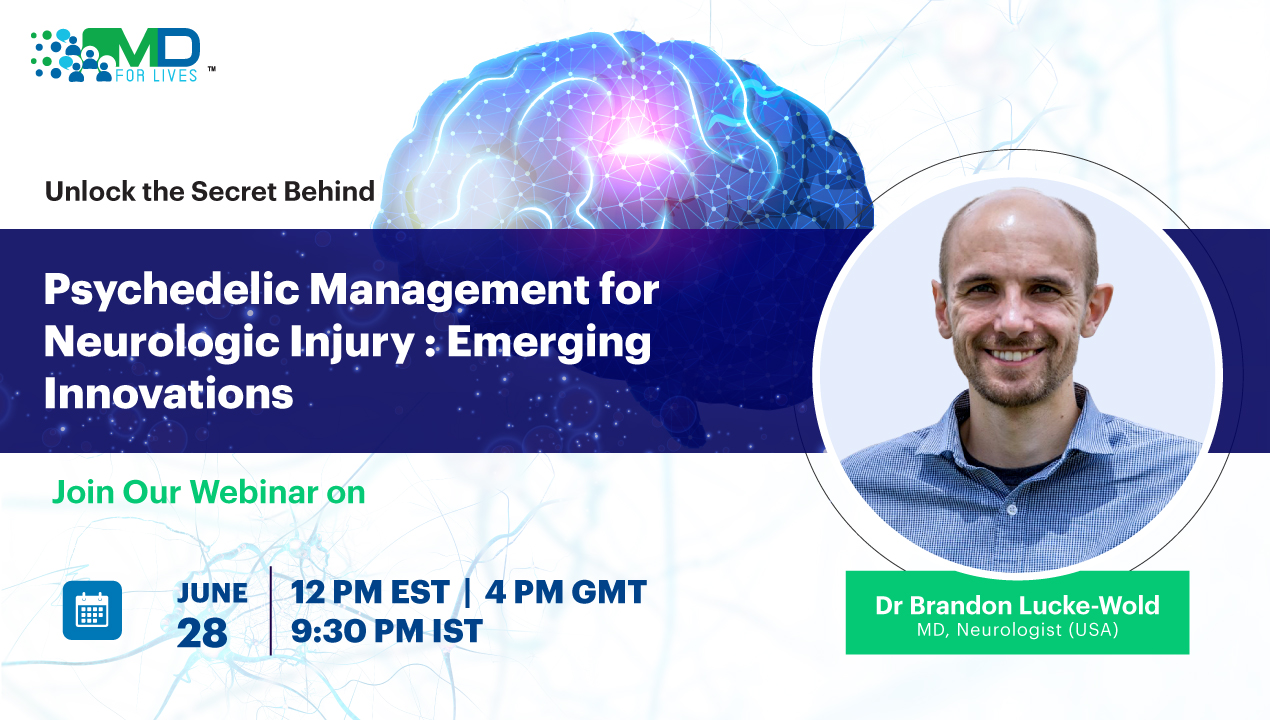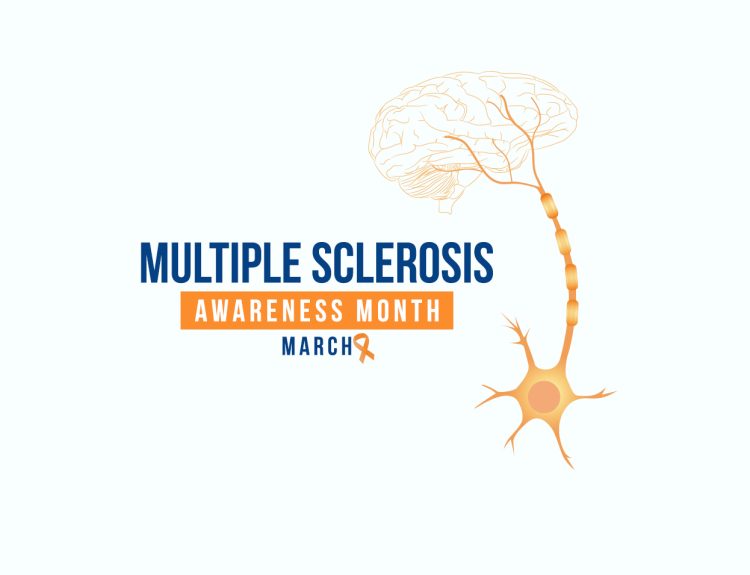What is Autism and its Symptoms?
Autism, often known as autism spectrum disorder (ASD), is a group of diseases characterized by difficulty with social skills, repetitive behaviour, speech and nonverbal communication. Autism is referred to be a “spectrum” disorder since the types and severity of symptoms experienced by individuals vary widely. Difficulties communicating and interacting with others. Interests that are restricted and repeated behaviours. Symptoms that impair their capacity to perform at school, at job and in other aspects of their lives. It affects around one in every 44 children in the United States today, according to the Centres for Disease Control.
- It is diagnosed in one out of every 27 boys.
- It is diagnosed in one out of every 116 girls.
What causes Autism?
- Genetic factors
- Children born to older parents
How does Autism Affect Twins?
- In the case of identical twins, if one kid has autism, the other has a 36% to 95% chance of having the same.
- If one in non-identical twins has autism, the other is affected around 31% of the time.
ASD may affect people of various genders, races, nationalities and socioeconomic situations. Despite the fact that ASD is a lifelong condition, therapies and services can help a person’s symptoms and everyday functioning. All children should be screened for autism, according to the American Academy of Pediatrics. Caregivers should discuss ASD screening or evaluation with their child’s health care practitioner.
What is Amygdala Overgrowth & Why it Matters?
A new study suggests that the amygdala overgrows in the first year of life, before newborns display most of the behavioural characteristics that ultimately lead to an autism diagnosis. Because newborns with fragile X syndrome have a distinct brain maturation pattern, this overgrowth may be unique to autism. The amygdala is a tiny region deep in the brain that is responsible for deciphering the social and emotional meaning of sensory information, from identifying emotion in faces to processing frightening visuals that warn us of possible hazards in our environment. The amygdala has long been recognised to have a significant role in the social problems that are central to autism.
Key Research Findings on Amygdala Overgrowth in Infants
Researchers have known for a long time that the amygdala in school-aged children with autism is abnormally large, but when that enlargement starts was unknown. For the first time, researchers from the Infant Brain Imaging Study (IBIS) Network have demonstrated that the amygdala grows too quickly in infancy using magnetic resonance imaging (MRI). Overgrowth begins between 6 to 12 months of age, prior to the age when the hallmark behaviours of autism fully emerge, enabling the earliest diagnosis of this condition. The amygdala’s increased growth in infants later diagnosed with autism was significantly different from brain-growing patterns in babies with another neurodevelopmental condition, fragile X syndrome, where no abnormalities in amygdala growth were identified.
Amygdala Overgrowth Leading to Development of Autism
This study, which was published in the American Journal of Psychiatry, the official journal of the American Psychiatric Association, found that infants with fragile X syndrome already have cognitive delays at six months of age, whereas infants who will later be diagnosed with autism do not have any deficits in cognitive ability at six months of age, but have a gradual decline in cognitive ability between 6 to 24 months of age, the age when they were diagnosed with ASD. At six months, there is no difference in the size of the amygdala among babies who go on to acquire autism. Their amygdala, on the other hand, begins to grow quicker than that of other newborns (including those with fragile X syndrome and those who do not acquire this disease) between the ages of six to twelve months and is greatly enlarged by the age of 12 months. This amygdala enlargement lasts until the child is 24 months old, at which point the child’s actions are frequently obvious enough to establish a diagnosis of autism.
The rate of amygdala expansion in the first year is related to the child’s social deficiencies at two years old. The faster the amygdala grew in infancy, the more social difficulties the child displayed when diagnosed with autism a year later (CIDD). Amygdala enlargement has been associated with chronic stress in studies of various psychiatric illnesses (e.g., depression and anxiety) and may give a hint to explaining this phenomenon in children who acquire this disease later in life. The researchers enrolled 408 infants, including 58 infants who were at increased risk of developing autism (due to having an older sibling with autism) and were later diagnosed with autism, 212 infants who were at increased risk of autism but did not develop autism, 109 typically developing controls, and 29 infants with fragile X syndrome. More than 1,000 MRI scans were taken during normal sleep at the ages of 6, 12, and 24 months. So, what may be happening in these children’s brains to cause this overgrowth and, eventually, the development of autism? Scientists are beginning to put the puzzle pieces together.
Previous research by the IBIS team and others has demonstrated that, while the social impairments that characterize autism are not evident at six months of age, infants who go on to develop this disease have issues with how they attend to visual cues in their environment as neonates. The authors think that these early difficulties with processing visual and sensory information may exert additional stress on the amygdala, resulting in amygdala enlargement. Previous research by the IBIS team and others has demonstrated that, while the social impairments that characterize autism are not evident at six months of age, infants who go on to develop this disease have issues with how they attend to visual cues in their environment as neonates. The authors think that these early difficulties with processing visual and sensory information may exert additional stress on the amygdala, resulting in amygdala enlargement.
Can Amygdala Overgrowth Be Prevented or Managed?
Amygdala enlargement has been associated with chronic stress in studies of various psychiatric illnesses (e.g., depression and anxiety) and may give a hint to explaining this phenomenon in children who acquire autism later in life. Senior author Joseph Piven, MD, of the University of North Carolina at Chapel Hill’s Departments of Psychiatry and Pediatrics, said, “According to the findings, the best time to initiate treatments and assist infants who are at high risk of developing autism is within their first year of life. A pre-symptomatic intervention might aim to enhance visual and other sensory processing in babies before social symptoms develop.
Also read






